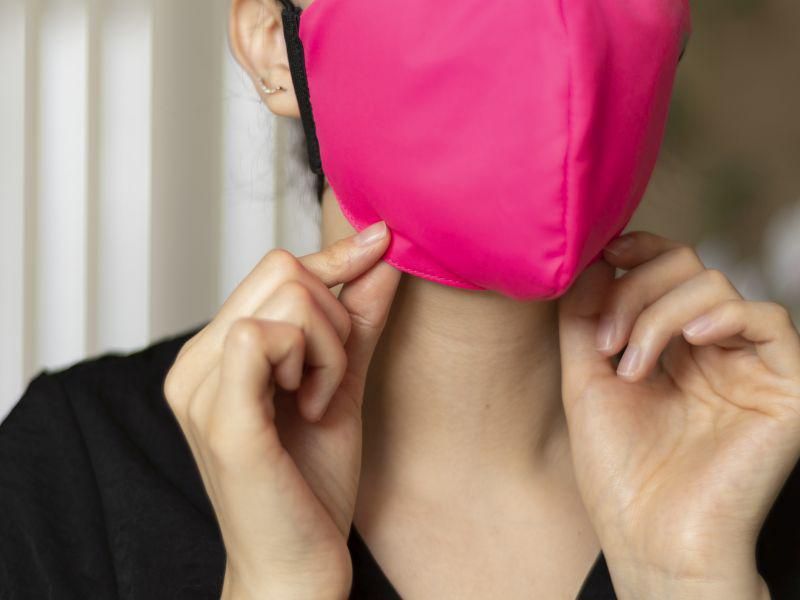FRIDAY, Jan. 22, 2021 (HealthDay News) — Though masks are effective in stopping the spread of COVID-19, half of Americans don’t wear them when mixing with the public.
That’s a key takeaway from the ongoing study of more than 6,000 U.S. adults by researchers at the University of Southern California Dornsife Center for Economic and Social Research.
Even though 83% of American adults view wearing a mask as an effective way to protect themselves from COVID-19, their behavior is inconsistent, and often high-risk, researchers found.
Two-thirds of respondents said they were in close contact with people outside their household in early December, but only about 51% said they mostly or always wore a mask at those times.
White people were least likely to mask up — 46% said they always or most always wear a mask when with people from other households. That compared to 67% of Black respondents, 63% of Hispanics and 65% of others, the researchers found.
In rural areas, only 42% of people wore a mask always or most of the time while close to people outside their household, compared with 52% of suburbanites and 57% of people in cities.
Researchers said 21% of people who visited someone else’s home wore a mask most or all of the time.
While 14% of Americans gathered in groups of 10 or more, only 46% said they wore a mask most or all of the time during those encounters.
Most Americans did put on a mask for shopping trips. Among the 81% who shopped for groceries in early December, 90% wore a mask.
“These findings indicate a need to redouble efforts to convey consistent messages about the overall importance of wearing masks, but more than that — where and when to wear them,” said Arie Kapteyn, director of the USC Dornsife Center.
“Too many seem to lack a clear understanding of the risks posed by friends and family outside their immediate households,” he said in a university news release.
More information
For more on wearing masks, see the U.S. Centers for Disease Control and Prevention.
SOURCE: University of Southern California, Los Angeles, news release, Jan. 21, 2021
Copyright © 2024 HealthDay. All rights reserved.

